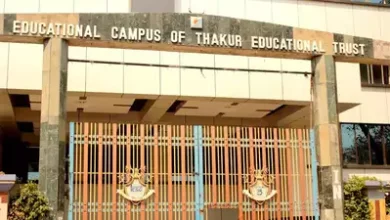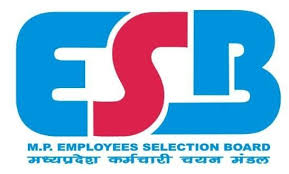Gobardhan Ash: the forgotten mastermind
Gobardhan Ash (1907–1996) was a dedicated artist and draftsman who was profoundly impacted by the suffering of those around him. He would always depict hunger, poverty, and misery in his paintings. He was an early modernist whose figures and portraits reflected the zeitgeist. They are filled with his distinct cognitive empathy and laced with melancholy.

According to Brijeshwari Kumari Gohil, who co-curated the retrospective with Harsharan Bakshi, “As someone who began by breaking out of the stereotypical, traditional British school of art, Ash was always conscious of his work and the message he hoped to deliver through it.”
The Kolkata Centre for Creativity (KCC) is hosting “The Prinseps Exhibition: Gobardhan Ash Retrospective,” which features over 100 pieces of art from 1929 to 1969, covering four decades of his creative career. The Mumbai-based luxury auction company Prinseps and KCC are organizing it together.
Ash was raised in Begampur, West Bengal, and was born in 1907. He attended the Government College of Art in Calcutta from 1926 to 1930 and the Madras School of Art after that, where he was supervised by the painter-sculptor Devi Prasad Roy Chowdhury. He went back to Calcutta in December 1932 to continue his career as a professional artist.
In the 1930s, Ash’s dedication to social realism became evident as he would go around with a sketchbook, recording the hardships and truths of daily life. One of the first coordinated initiatives to challenge the philosophy of the Bengal School of Art was the Art Rebel Center, which he established in 1933. He became aware of his creative responsibility to depict human suffering in a series of austere paintings with light washes of earthy brown tones when the famine struck Bengal in 1943. His artistic peak was during the 1930s and 1940s. Gohil claims that he cleared the path for modernism in India via the Young Artists’ Union and the Art Rebel Centre.
Although Ash’s “genius” era was the 1940s, Indrajit Chatterjee, founder and director of Prinseps, claims that hardly much has been shown after the 1960s. Because art collectors are not particularly interested in the 1930s and 1940s, he has not received the attention they deserve, despite his continued significance in the study of Modernism in India. He claims that the time period and his inventiveness make his work very valuable.
Ash was a prolific writer, but he still maintained his reclusiveness, particularly in his final years. Ash used a range of media, including gouache, board, watercolor, tempera, acrylic, and oil, even though his approach avoided primitivism, pointillism, expressionism, and folk painting. In his self-portraits, we also emphasize his proficiency with the cross-hatching method. Bengal’s tranquil landscapes serve as an example of his deep connection to nature. He started the experimental “Avatar” series in the late 1940s, and it provoked discussion and experimentation in the art world. Furthermore, Gohil says, “We give the 1940s the crucial attention they deserve in his artistic trajectory, even though we are showcasing four decades.”
It was a period when artistic expression of political power, the exploration of creative domains, and the forging of personal pathways were all essential. She continues, “All of this influenced Ash’s work and helped him become a visionary artist of the era.
Other paintings by Ash depict weary farmers laboring in the fields and a gypsy woman holding her infant tightly to her bosom. Ash illuminates a period of gloom, much like two of his contemporaries, Somnath Hore and Chittaprosad Bhattacharya. At a period when Indian art was changing, he ignited a new movement of social realism in the nation by smearing the life around him onto his canvas. According to Chatterjee, what made Ash unique was his opposition to the methods of instruction used at the Government College of Art in Calcutta, which was then headed by a protégé of Rabindranath Tagore (Mukul Dey).
The Bengal School was a particularly particular kind of art. Sadly, this term is now widely used to characterize Bengali artists, which is completely untrue, says Chatterjee. Similar to the digital booklet being released to commemorate the event, the retrospective aims to serve as the definitive record of a significant phase in the creative development of an overlooked artist.







